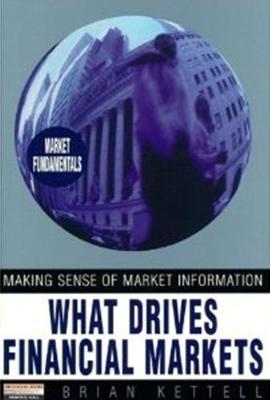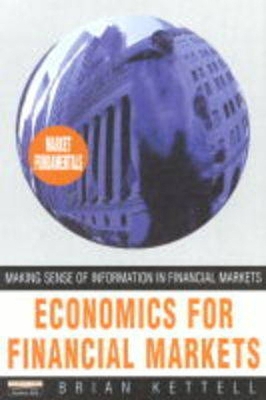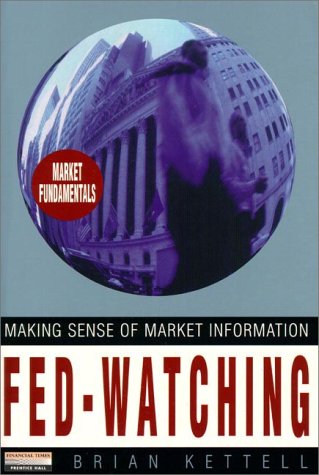Financial Times
4 total works
Never before has a thorough understanding of what shapes and shakes the currency markets been of such paramount importance.
What Drives Currency Markets takes the reader on a complete tour of the instigators of change within the foreign exchange market. Beginning by placing the FX market in the centre of the global financial system, it moves on to explain where volatility originates, and what the major factors of change are, including economic developments and short-term considerations. The book discusses what makes a great currency and whether currency collapses can ever be predicted. The influence of the euro is emphasized throughout the whole text and the author concludes by asking whether the euro will succeed or fail as a currency.
What Drives Currency Markets is essential reading for dealers, analysts, newcomers to the financial markets, and finance professionals across the board who need to maintain their edge at the forefront of developments in international financial markets.
About the FT Market Fundementals Series
"To say that the financial markets were subject to information overload would be a major understatement. Indeed the news and data streaming endlessly from the computer terminals carrying information appears limitless" - Brian Kettell
This new series puts readers in the ideal position to assess new market moves quickly and efficiently, interpret market indicators correctly, anticipate other players' moves while there's still time to profit, and avoid being caught out by sharp price moves in rapidly changing markets.
FT Market Fundamentals: sort the vital from the trivial and stay ahead of the game
What Drives Currency Markets takes the reader on a complete tour of the instigators of change within the foreign exchange market. Beginning by placing the FX market in the centre of the global financial system. It moves on to explain where volatility originates, and what the major factors of change are including economic developments and short term considerations. The book discusses what makes a great currency and whether currency collapses can ever be predicted. The influence of the Euro is emphasised throughout the whole text and the author concludes by asking whether the Euro will succeed or fail as a currency.
What Drives Currency Markets is essential reading for dealers, analysts, newcomers to the financial marketsm and finance professionals across the board who need to maintain their edge at the forefront of developments in international finacial markets.
analyses the true influencers of currency movements which FX market participants concentrate on
gives readers what they really need to know - the facts of what happens in the dealing room
includes an analysis of the non-economic factors that need watching
looks at the influence of the Fed and EMU on FX markets
essential for newcomers to international financial markets
Financial Economics
brings this science out of the realms of academia and into the hands of those that can most use it. This fusion of economics, finance and statistics now enables investors to gain a true understanding of how the markets behave and how to perfect their trading strategies.
The book demystifies financial economics in a manner that will provide you with a thorough understanding that can be immediately put into practice without overwhelming you with the trivial. It looks at what exactly financial economics is, its founding fathers and their theories, its role in the valuation of financial assets and recent developments in the field. Chapters within the book also investigate more closely modern portfolio theory, capital market theory, behavioural finance, bubbleology, some puzzles in financial markets and the relationship between derivatives markets and financial economics.
Financial Economics
is essential reading for dealers, analysts, newcomers to the financial markets, and finance professionals across the board who need to maintain their edge at the forefront of developments in financial markets.
Nothing so preoccupies the thoughts of financial market professionals as the actions of the US Federal Reserve, the world's most powerful central bank. The extraordinary attention accorded to it reflects the key role the Fed plays in influencing US economic policy. This in turn ultimately causes global economic policy changes. Yet suspense and mystery surrounds the role the Fed plays in determining US economic policy.



